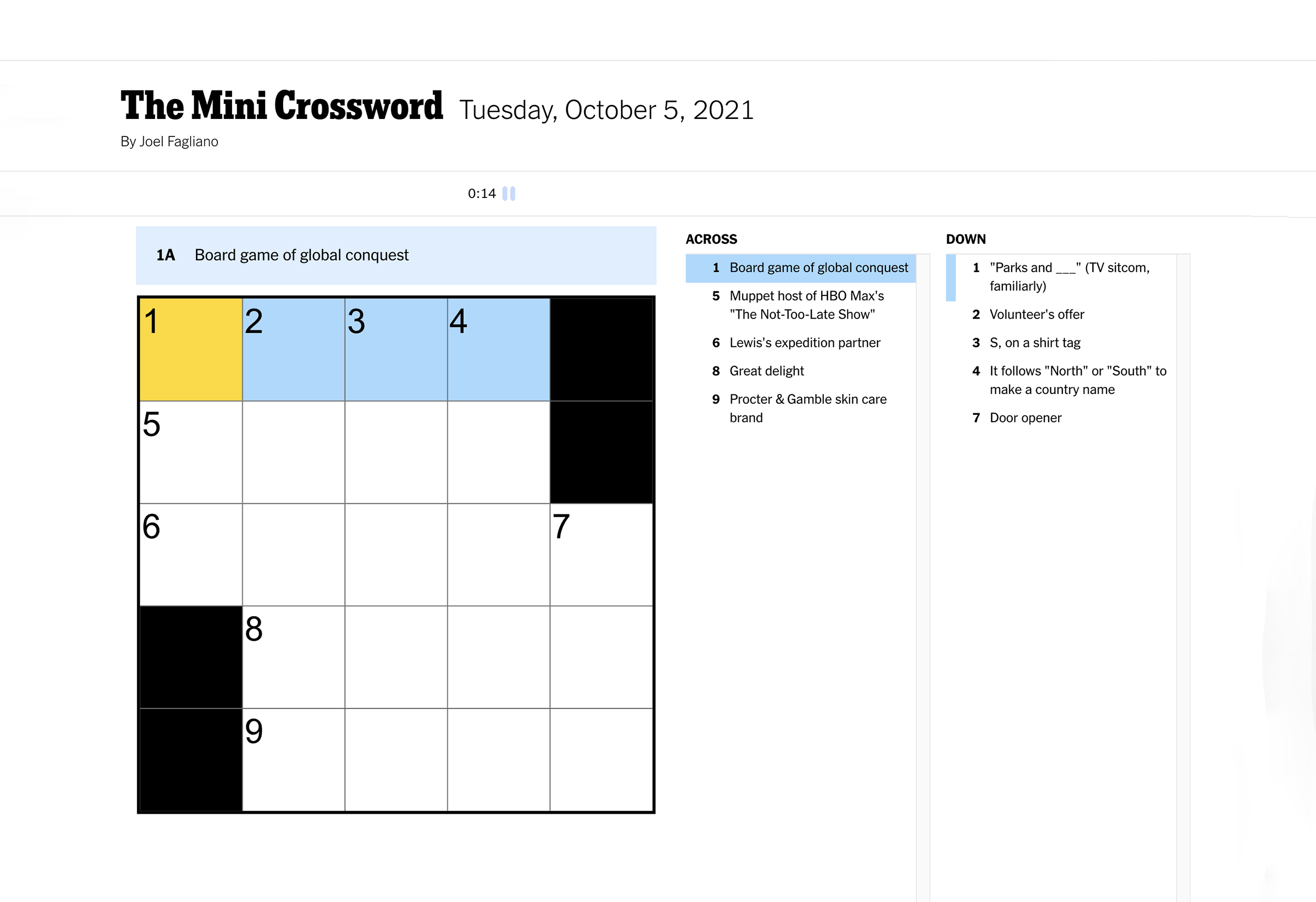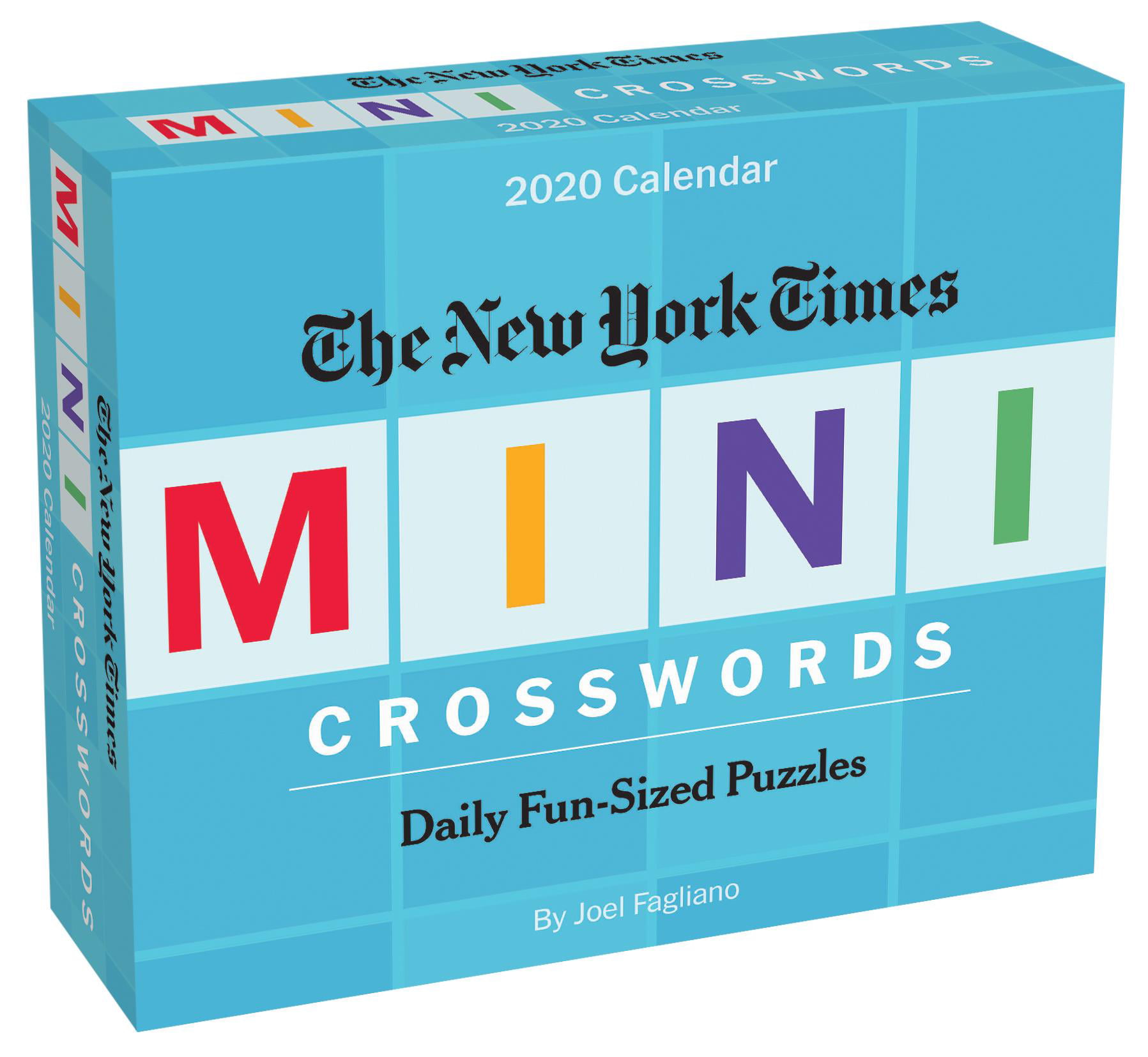The NYT Mini

The New York Times Mini, often simply referred to as the “Mini,” is a compact, abridged version of the daily New York Times newspaper. It was introduced in 1981 as a response to the growing demand for a more concise and portable news source.
The Origins and Initial Purpose of the NYT Mini
The NYT Mini emerged during a time when the newspaper industry was grappling with the rise of television and the increasing pace of modern life. Many readers were seeking a quicker and more convenient way to stay informed. The Mini addressed this need by providing a condensed version of the day’s most important news, tailored for a busy readership. Its initial purpose was to offer a streamlined and accessible alternative to the full-sized New York Times, targeting commuters, students, and those seeking a quick overview of the news.
Evolution of the NYT Mini
Over the years, the NYT Mini has undergone significant transformations in its format, content, and target audience.
Changes in Format
- Initially, the Mini was printed on smaller, tabloid-sized paper. This allowed for easier handling and portability, making it ideal for reading on the go. However, with the advent of digital platforms and the rise of mobile devices, the Mini has transitioned to a digital format, offering a convenient and readily accessible reading experience on smartphones, tablets, and computers.
- The layout and design of the Mini have also evolved to accommodate the changing reading habits of its audience. The use of bold headlines, concise writing, and visually appealing graphics has become more prominent, enhancing the readability and appeal of the content.
Changes in Content
- The Mini’s content has become increasingly focused on providing a curated selection of the most relevant and impactful news stories. While it initially included a broader range of topics, it now prioritizes in-depth coverage of major national and international events, business news, and cultural highlights.
- The Mini has also incorporated more multimedia elements, such as videos, infographics, and interactive features, to enhance the reader’s engagement and understanding of the news. This shift reflects the growing demand for a more dynamic and interactive news experience in the digital age.
Changes in Target Audience
- The Mini’s target audience has expanded beyond its initial focus on commuters and students. It now caters to a wider range of readers who value concise and accessible news, including professionals, busy individuals, and those seeking a quick and informative update on current events.
- The Mini’s digital format has also allowed it to reach a global audience, transcending geographical boundaries and providing access to timely and relevant news from around the world.
Comparison with Other Publications
The NYT Mini shares similarities with other abridged news publications, such as the “New York Times Magazine” and “The New York Times Book Review.” However, key distinctions set it apart.
Comparison with the New York Times Magazine
- The New York Times Magazine, while also part of the New York Times brand, focuses on long-form journalism, in-depth essays, and investigative reporting. It delves into a broader range of topics, often exploring cultural, social, and political issues with a more analytical and nuanced approach.
- The Mini, in contrast, prioritizes concise and timely coverage of current events, providing a curated selection of the most impactful news stories. Its focus is on delivering a quick and informative overview of the day’s headlines.
Comparison with The New York Times Book Review
- The New York Times Book Review is dedicated to reviewing and analyzing new releases in the literary world. It features essays, interviews, and critical analyses of books, providing insights into the latest trends in literature and offering recommendations for readers.
- The Mini, while covering cultural news, does not delve into specific book reviews or literary criticism. Its focus remains on delivering a concise overview of current events and cultural highlights.
Content and Style of the NYT Mini

The New York Times Mini, a concise and engaging format, offers readers a curated selection of news, features, and opinion pieces. Its unique approach to presenting information focuses on delivering impactful stories in a brief and accessible manner.
Themes and Topics
The NYT Mini covers a wide range of themes and topics, reflecting the diverse interests of its readership. These include:
- Current Events: The NYT Mini provides concise updates on major news events, offering insights and perspectives on global affairs, politics, and social issues.
- Culture and Lifestyle: From art and fashion to food and travel, the NYT Mini explores various aspects of culture and lifestyle, offering readers a glimpse into different worlds and experiences.
- Science and Technology: The NYT Mini delves into the latest advancements in science and technology, exploring their implications for society and the future.
- Business and Finance: The NYT Mini provides insights into the world of business and finance, covering economic trends, market analysis, and investment strategies.
- Opinion and Analysis: The NYT Mini features thought-provoking opinion pieces from prominent writers and experts, offering diverse perspectives on current issues.
Writing Style and Tone
The NYT Mini is known for its concise and engaging writing style. Its brevity ensures that readers can quickly grasp the essence of the story, while its clarity and storytelling ability keep them captivated.
Brevity and Clarity
The NYT Mini prioritizes brevity, using concise language and avoiding unnecessary jargon. This allows readers to quickly understand the main points of the story without getting bogged down in details.
The NYT Mini’s writing style is characterized by its focus on clarity and conciseness.
The writing style is also clear and easy to understand, using simple sentence structures and avoiding complex vocabulary.
Engaging Storytelling
Despite its brevity, the NYT Mini excels at engaging storytelling. Writers use vivid language, compelling narratives, and relatable characters to draw readers in and keep them interested.
Visuals and Multimedia Elements
The NYT Mini effectively uses visuals and multimedia elements to enhance reader engagement.
Impact of Visuals
The NYT Mini often incorporates images, infographics, and videos to complement the written content. These visuals provide context, add depth to the story, and help readers understand complex concepts more easily.
The NYT Mini uses visuals to enhance the reader’s understanding of the story.
Multimedia Integration
The NYT Mini also integrates multimedia elements, such as audio recordings and interactive maps, to provide a more immersive and engaging experience for readers. These elements allow readers to interact with the content in new ways and explore different aspects of the story.
The NYT Mini in the Digital Age

The New York Times Mini, once a physical product, has seamlessly transitioned into the digital age, embracing the ever-evolving landscape of online media and mobile technology. This adaptation has not only preserved its legacy but also propelled it to new heights, reaching a wider audience and influencing the very fabric of news consumption.
The NYT Mini’s Digital Presence
The NYT Mini’s digital presence is a testament to its adaptability and its commitment to reaching a diverse audience. The online version of the NYT Mini, accessible on the New York Times website, replicates the familiar format and content of the print edition, offering readers a convenient and readily available source of news.
